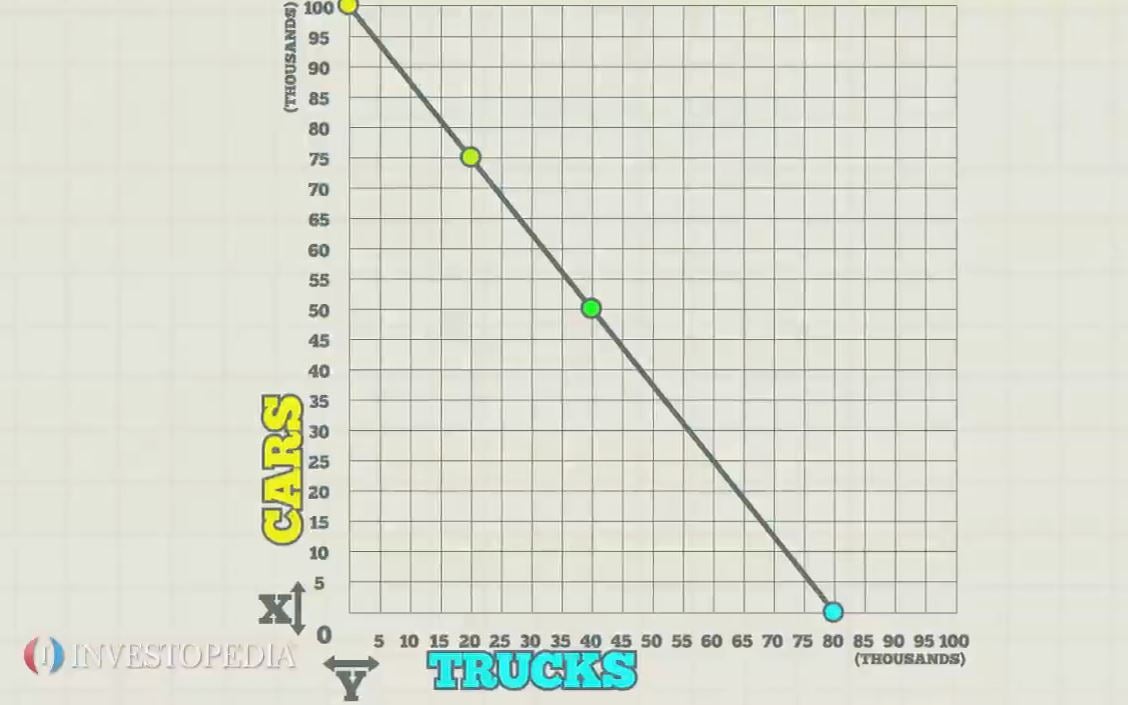Tracking error is the difference between the return on a portfolio or fund, and the benchmark it is expected to mirror (or track). There are two ways to calculate the tracking error. The first is the easiest. Simply subtract the fund’s return from the return of the index it is supposed to track.For instance, a mutual fund that is pegged to the S&P 500 had a 7% return for the year, whereas the S&P had an 8% return. The tracking error is 1%. The second way to calculate the tracking error is more complicated, but more informative. This calculation involves taking the standard deviation of the difference in the fund’s and index’s returns over time. The formula is: Standard deviation of tracking error = 1/(n - 1) Σ(xi - yi)2 Where n is equal to the number of periods, x equals the fund’s return for each given period and y equals the benchmark’s return for each period. By using the standard deviation calculation, investors get a better idea of how the fund will perform compared to the benchmark over time. A low standard deviation means the fund tracks the benchmark fairly closely. A higher standard deviation means the fund does not track its benchmark very well. These figures indicate how well a fund is managed. Investors seeking a fund that accurately tracks their preferred index should look for funds with low tracking errors.





